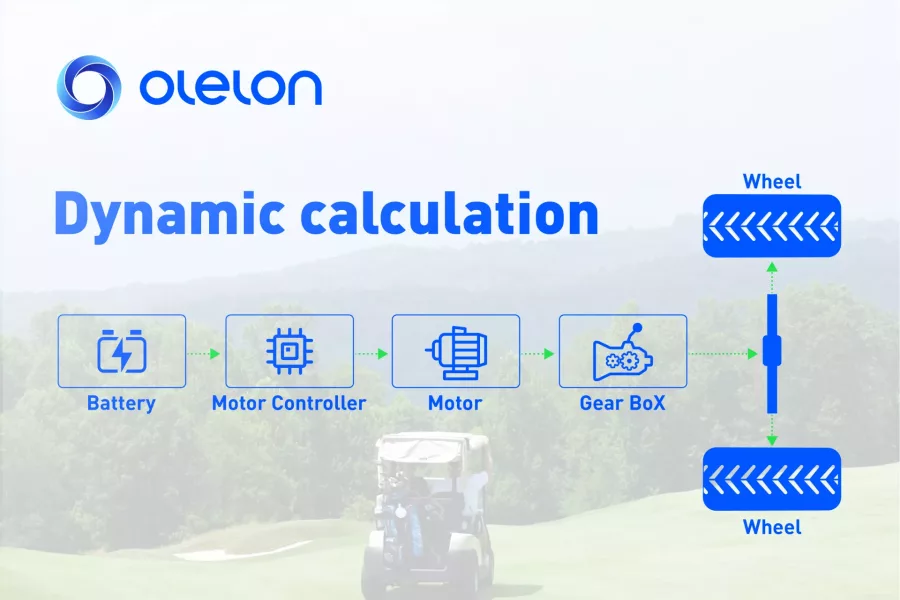Low-speed electric vehicles (LSEVs) are emerging as a sustainable solution for urban mobility, offering an eco-friendly alternative to traditional internal combustion engine vehicles. This article delves into the power systems of LSEVs, supported by data and government policies, to highlight their potential and challenges.
Battery Technology: The Core of LSEVs
LSEVs predominantly use lithium-ion (Li-ion) batteries due to their high energy density and long cycle life. According to the U.S. Department of Energy, Li-ion batteries account for over 90% of the energy storage market for electric vehicles. The typical energy capacity of LSEV batteries ranges from 5 kWh to 15 kWh, enabling a driving range of 40–120 kilometers per charge – Idaho National Laboratory.
Motor Systems: Efficiency and Performance
Electric motors in LSEVs are primarily brushless DC (BLDC) motors, known for their efficiency and low maintenance. These motors achieve an efficiency of up to 95% under optimal conditions – Idaho National Laboratory. The integration of regenerative braking systems further enhances energy efficiency by recovering up to 20% of the kinetic energy during braking – Infineon Technologies.

Street-Legal NEVs and LSVs
Neighborhood Electric Vehicles (NEVs) and Low-Speed Vehicles (LSVs) are subcategories of LSEVs, with specific regulations governing their use. In the U.S., the National Highway Traffic Safety Administration (NHTSA) defines LSVs as four-wheeled electric vehicles with a top speed between 32 and 40 km/h (20-25 mph). These vehicles must be equipped with basic safety features such as headlights, turn signals, mirrors, and seat belts. NEVs are often used in gated communities, campus environments, and urban centers where low-speed transportation is sufficient.
Regulatory support for NEVs and LSVs has led to their adoption in various states, with incentives such as reduced registration fees and exemptions from traditional vehicle emissions testing. Additionally, many cities have designated special lanes and zones to accommodate these vehicles, further integrating them into urban transport networks.
Government Support and Policies
The U.S. government has implemented several policies to promote electric vehicles, including LSEVs. The Inflation Reduction Act of 2022 provides tax credits of up to $7,500 for qualifying electric vehicles. Additionally, the Bipartisan Infrastructure Law allocates $7 billion for the development of battery supply chains and $5 billion for EV charging infrastructure.
Challenges and Opportunities
Despite their advantages, LSEVs face challenges such as limited range, high battery costs, and insufficient charging infrastructure. However, advancements in solid-state batteries and wireless charging technologies are expected to address these issues in the near future.
Comparative Data Table
| Component | Specification | Efficiency/Range | Challenges |
|---|---|---|---|
| Battery | Li-ion (5–15 kWh) | 40–120 km per charge | High cost, limited recycling |
| Motor | BLDC (Brushless DC) | Up to 95% efficiency | Initial manufacturing cost |
| Regenerative Braking | Integrated | Recovers ~20% energy | Limited in stop-and-go traffic |
| Charging | Level 2 (240V) | 4–6 hours for full charge | Sparse infrastructure in rural areas |
| NEVs/LSVs | 32–40 km/h | Urban and gated community use | Limited highway access |
Conclusion
Low-speed electric vehicles represent a promising step toward sustainable urban transportation. With continued advancements in battery technology and supportive government policies, LSEVs—including NEVs and LSVs—are poised to play a significant role in reducing urban carbon footprints.

